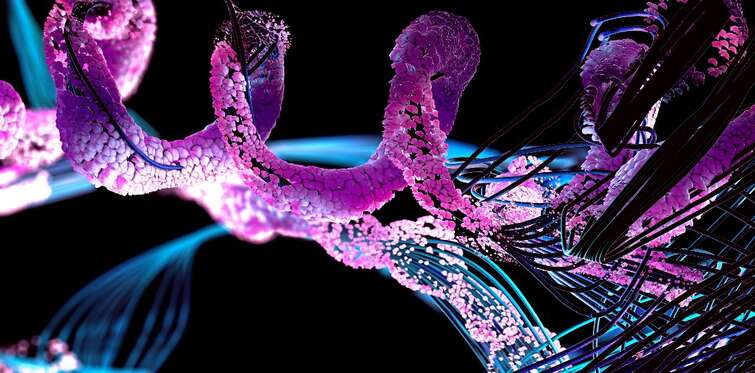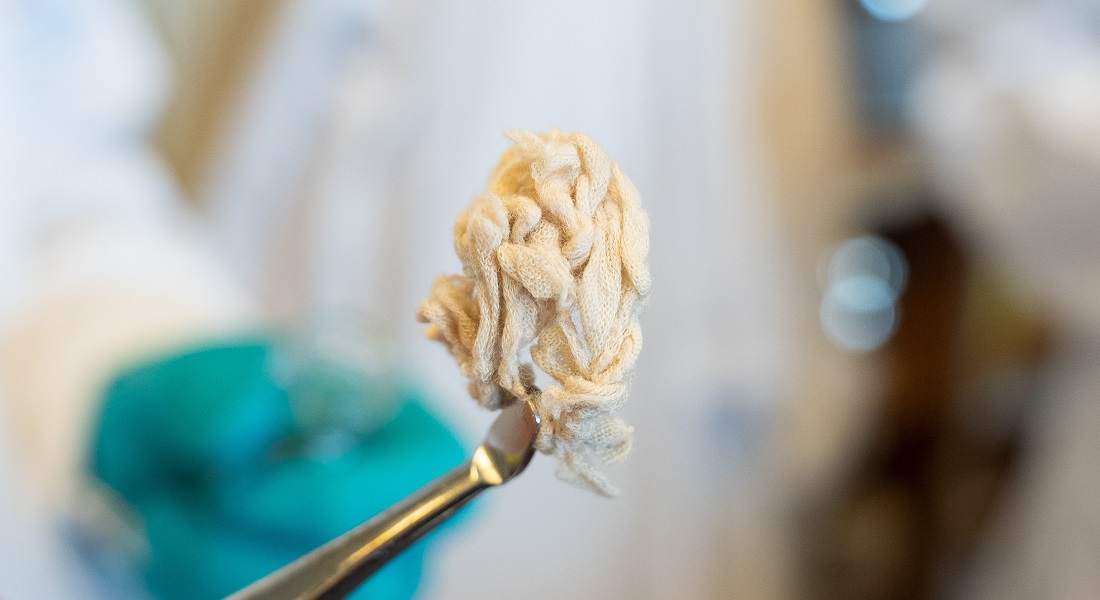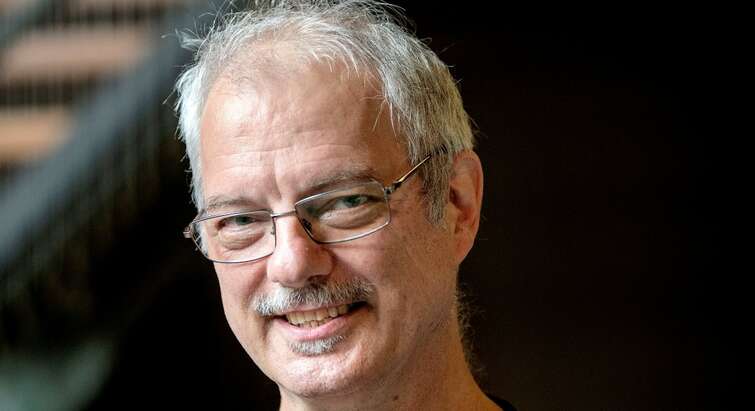

Catalysis - Lee Group
This is the webpage of the Lee group, which is located at the Department of Chemistry (Organic Chemistry Section, Nanoscience Center) University of Copenhagen, Denmark. We are aiming to develop new catalytic methodologies for organic syntheses using state-of-the-art functionalized materials, contributing to society and scientific communities by providing solutions for current global issues, including desalination, carbon capture and conversion.
Follow our activities on Twitter and Linkedin
CO2-Upconversion
More than 13 gigatonnes of CO2 are released annually into the atmosphere as a result of fossil fuel combustion, causing climate changes and ocean acidification. In addition to carbon-capturing processes, CO2-functionalization using a catalytic process is an ideal solution towards creating more valuable resources to compensate the input energy in the conversion process. This work implies that industrial waste, namely CO2 can be transformed to industrially useful chemicals, serving as a fuel source. Additionally, we are highly focused on the development of unprecedented asymmetric catalytic protocols utilizing CO2. Our methodology development will be beneficial to understand the origin of chirality on Earth, which is one of the profound "unnatural" events on our planet. By taking advantage of knowledge in organo and organometallic asymmetric catalysis, we will provide ground-breaking synthetic methodology for constructing from small to large and complex molecules in enantioselective fashion from carbon dioxide.
Related publications:
Y. Yang, J.-W. Lee, Chem. Sci. 2019, 10, 3905.
M. Juhl, J.-W. Lee, Angew. Chem. Int. Ed. 2018, 57, 12318.
Desalination and Water Purification
The increasing scarcity of potable water (drinking water) has been dramatically emphasizing the importance of seawater desalination as a primary means to obtain an ample and safe fresh water supply. Recent global climate changes are seemingly accelerating the unpredictability of
secure water supply sources—even in developed countries—threatening society’s sustainable growth. Seawater is a seemingly limitless water source, but obtaining energy-efficient desalination processes is a formidable challenge. Our group aims at facile desalination processes using functionalized organic materials, organic porous polymers, and membrane systems.
A. R. Petersen, M. Juhl, A. Petrovic, J.-W. Lee, Eur. J. Org. Chem. 2021, 5003
CO2-Mediated Organic Synthesis
Kinetic and thermodynamic control of organic reactions provides a general tool for organic synthesis. Carbon dioxide, although it is thermodynamically stable, can be a beneficial additive and/or catalyst for organic transformation as Lewis and a Brønsted acid precursor. We are investigating the utility of CO2 to the fullest extent as a general catalyst providing unprecedented chemo- and even enantioselectivity by manipulating transition states and thermodynamic stability of desired products.
Y. Yang, L. Jian, F. S. Kamounah, G. Ciancaleoni, J.-W. Lee, J. Org. Chem. 2021, 86, 16867–16881.
M. Juhl, A. R. Petersen, J,-W. Lee, Chem. Eur. J. 2021, 27, 228
J. M. V. Lauridsen, M. Poderyte, J.-W. Lee, Green Chem. 2023, 25, 1332-1338.
Ji-Woong Lee
Associate Professor
Department of Chemistry
Nanoscience Center
NNF CO2 Research Center
PhD Students
Marco Milia (2021)
Jerik Mathew Valera Lauridsen (2021)
Aleksa Petrovic (2021)
Shriaya Sharma (2022)
Gul Barg Hadaf (2022)
Anders Grundtvig Utzon (2022)
Margarita Poderyte (2023)
Xinkai Wu (2023)
Christian Hansen (2023)
Postdoctoral Researchers
Rodrigo Jose da Silva Lima
Anand Ayyar
Exchange Students
BSc and MSc students from Department of Chemistry, Nanoscience Center and MedChem Center are welcome to contact Jiwoong for projects in organic synthesis, homogeneous catalysis, carbon dioxide chemistry, electrochemistry, desalination and waste utilization.
PhD: closed
Postdoc: email CV, publication list, motivation letter, and research proposal to Jiwoong
B.Sc. Erasmus Student (2017)
Erasmus Student (2017)
Dasol Hwang
Research Assistant (2016-2017)
Dr. Pramod Kumar EK
Visiting Postdoc (2016)
Postdoctoral research fellow at SKKU
Summer BSc Project (2017)
PhD candidate at KU
Postdoc (2016)
LEOpharma
Research Internship (2016-2017)
Research Internship (2016-2017)
Dr. Xinyi Ren
Postdoc (2017-2018)
Mattias Sauzon
Research Intern (2018 Summer)
Research Intern (2018 Summer)
Joseph Venner
Master Student (2016-2018)
BSc Research Student (2018)
BSc Research Student (2018)
MSc Student (2021)
Research Assistant (2021)
Master Student (2017-2018)
PhD candidate at Cardiff University
Postdoc (2018)
Federal University of Campina Grande
BSc Student
BSc Research Student (2018)
MSc Student (2021)
Research Assistant (2021)
MSc Student
BSc Student (2019)
Research assistant (2019)
PhD Student KU
Master student (2019)
PhD student at LMU, Germany
BSc student (2019)
BSc student (2019)
MSc student (2020)
Erasmus student (2019)
BSc Polytech Grenoble engineering school
Erasmus student (2019)
BSc Polytech Grenoble engineering school
BSc Project Student (2020)
BSc Student (2020)
PhD (2019), Postdoc (2020)
Dr. Tamal Roy
Postdoc (2018-2020)
Dr. Allan R. Petersen
Postdoc (2018-2020)
Master student (2020)
Master student (2020)
Erasmus student (2020)
Master student Julius-Maximilians-Universität Würzburg, Germany
MSc student (2020-2021)
MSc student (2021)
BSc student (2019)
Erasmus student (2021)
Master student Sorbonne University, France
Master student (2020-2021)
Nanoscience
Erasmus student (2021-2022)
Polytech Lyon, France
Bsc project (PUK, 2022)
Postdoc (2021-2022)
PhD student (2020-2023)
Research assistant (2018)
Research assistant (2022)
Lecturer, Mekelle University
Contact
Catalysis - Lee Group
Nano-Science Center, Department of Chemistry, Universitetsparken 5, DK-2100 Copenhagen Ø
Ji-Woong Lee
Associate Professor
Office: B322
Phone: +45 3533 3312
E-mail: jiwoong.lee@chem.ku.dk



